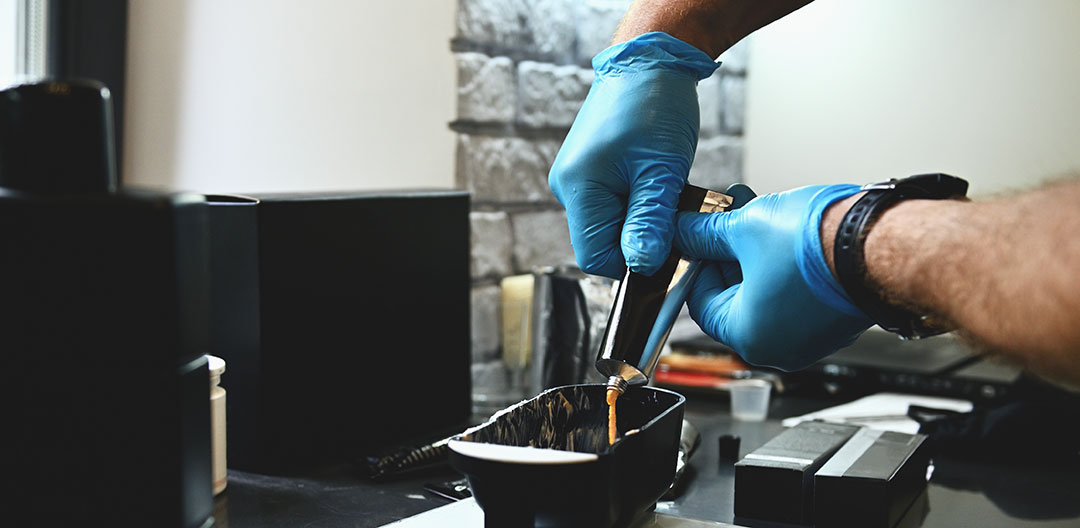Navigating Hair Color Pricing: A Guide to Cost of Goods and Profitable Pricing Strategies
In the salon industry, pricing hair color services can be a delicate balancing act. With fluctuating costs of color products and the need to maintain profitability, understanding your salon’s cost of goods and how that impacts pricing strategy is crucial. Let’s delve into how you can navigate this terrain effectively.
Defining Cost of Goods in the Salon:
‘Cost of goods’ refers to the direct expenses incurred in providing a service, including the cost of color products used during hair services, but also all the other materials essential in pulling that together. It’s essential to accurately calculate these costs, to control unintended extras, and to constantly monitor the level of cost of goods (COGS) to your revenue to ensure that your pricing strategy remains profitable.
Choosing the Right Pricing Model:
Salons have different pricing models, ranging from inclusive pricing, where the cost of color is bundled into the service price, to separate pricing, where customers are charged separately for color products. In the former strategy, you estimate how much it costs to deliver the service – including your variable cost of goods like color and labor, as well as infrastructure, financial costs, transaction costs, and more. Your price then is based on an established assumption of what the average service would cost. But what happens when it goes above that COGS baseline?
This uncertainty has pushed many stylists and salons toward a parts and labor model, which is easy to accomplish accurately with systems like Vish Color Management, but it’s equally not for everyone. Some stylists and clients alike aren’t suited for it so there needs to be control mechanisms in place to manage COGS despite its fluctuation based on who is in the chair. Vish salons have leaned into the product allowance charge to mitigate these risks. Assess your salon’s needs and market dynamics to determine the most suitable pricing model for your business.
Adapting to Market Changes:
As seen with Celebrity Salons’ example, adapting to market changes, such as price increases in color products, is crucial for maintaining profitability. Implement safeguards and pricing adjustments to ensure that your salon remains profitable even amidst fluctuating costs. Want to read the full case study on Celebrity Salons? Download the Three Rules of Color Management eBook for a look into how they increased their revenue over $180k in 2023 from additional color charges.
By understanding your salon’s cost of goods and adopting a strategic pricing approach, you can navigate the complexities of hair color pricing while ensuring profitability and sustainability for your business.
